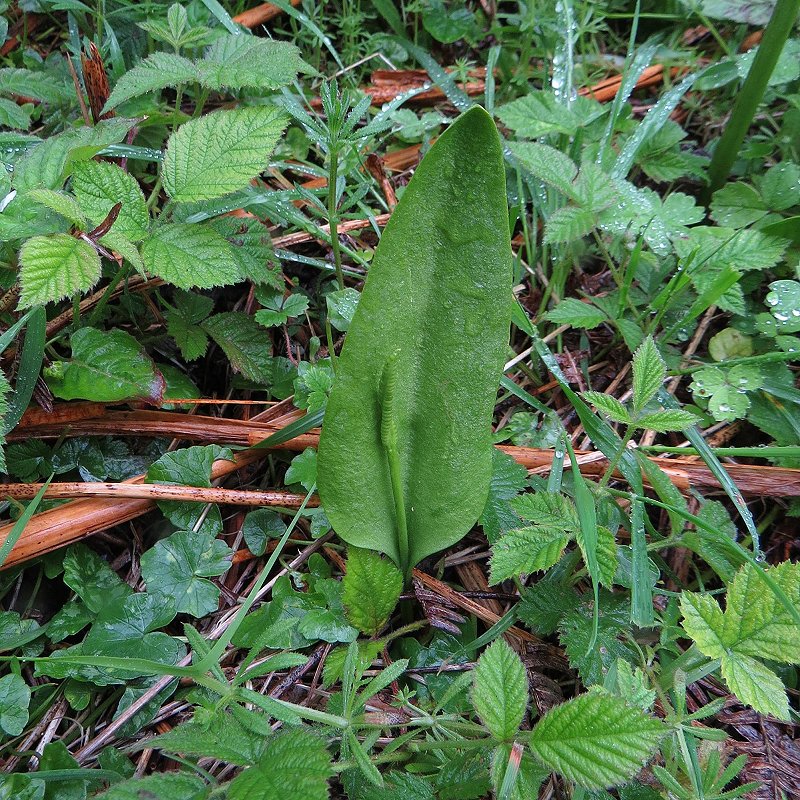
Adderstongue
Back to the Home page
Photos of flowers and insects below. To download a PDF of this paper (approx. 1.6Mb) click here. Please note the species lists in this version may not be up to date.
Spaunton Quarry is a disused limestone quarry west of Appleton Le Moors, SE7187-SE7286. It measures approximately 1km × 1.5km. About half of the quarry is open access, predominantly the southern half. A public footpath crosses the area east-west. There are two clear excavated areas, the northern area is grassed over and not included in the open access. The southern area is bare ground, some of which is open access. Indeed, the open access runs south to the A170 allowing pedestrian access via here. Although this is the main access to the quarry for vehicles there is no access for public vehicles. Access is also gained via the footpath on the east and west sides and via a track off Gray Lane on the west side running along the south of Spring wood. On the west side of the quarry is a deciduous wooded strip running north-south. There is a dry river bed running north-south on the east of this wooded area. On the east of the quarry there is a conifer plantation as well as more recent deciduous planting. There are a number of spoil heaps. Quarrying stopped approximately 8 years ago.
As expected this area is rich in flora with eight species of orchid although not in great numbers. Key species include eight bee orchids, 17 fly orchids, three northern marsh orchids, nine pyramidal orchids and 11 fragrant orchids. Both adderstongue and common cudweed are two very welcome finds at this site and viper’s bugloss, deadly nightshade and ploughmans spikenard are fairly well represented here. Slightly surprising is the lack of birdlife although the list is by no means complete. The common buzzard is a frequent sighting with eight observed during one visit. Disappointingly, the sand martins failed to show this year. There has been a good-sized colony here in the last few years, including 2013. Butterflies, 18 species in total, enjoy the rich flora at the quarry. Marbled white, dingy skipper and white-letter hairstreak were particularly interesting to see. The study was undertaken by one member of Ryenats as a trial, focusing mainly on flora and butterflies during April-September with approximately two visits per month. It also included data collected on the Ryenats outdoor meeting here on 18 May. The study is by no means complete. These species lists will be added to as and when new species are spotted...Please click on eaxh photo to see a larger version (in a separate tab).
 Adderstongue |
 Common Cudweed |
 Viper’s Bugloss |
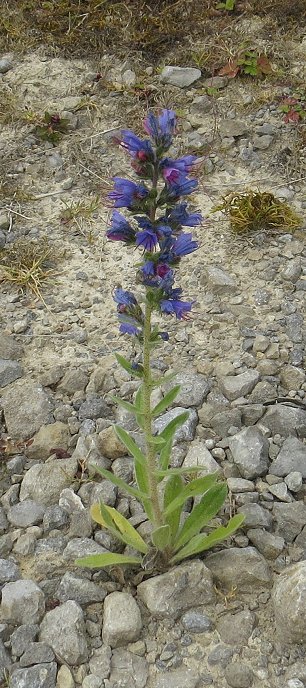 Viper’s Bugloss (detail) |
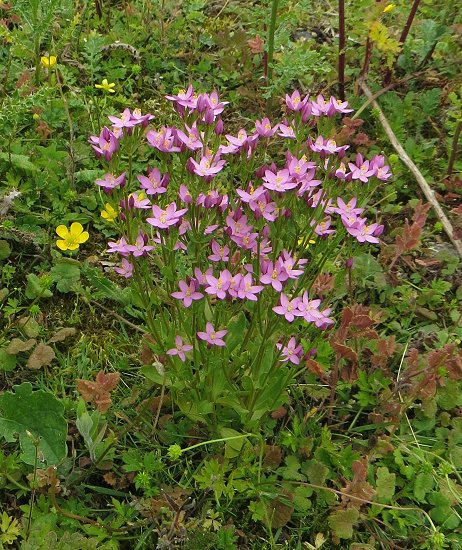 Common centaury (typical form) |
 Common centaury (white form) |
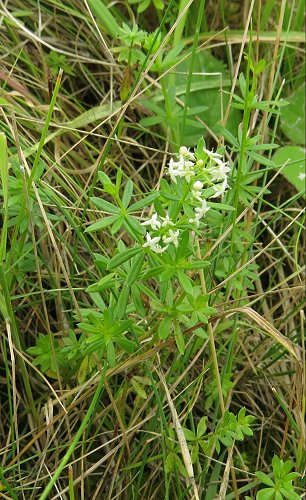 Hedge bedstraw |
 Northern marsh orchid |
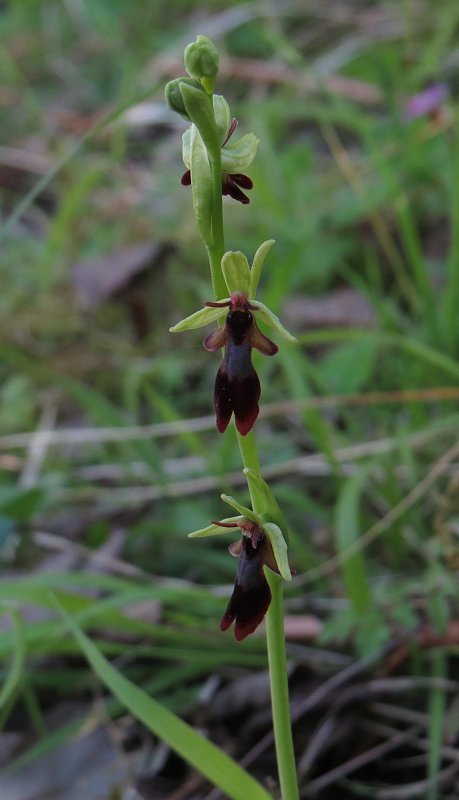 Fly orchid |
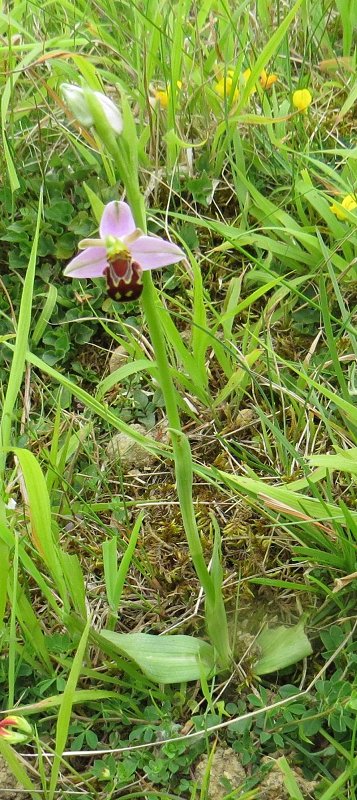 Bee orchid |
 Marbled white butterfly |
 Small skipper butterflies coupled |
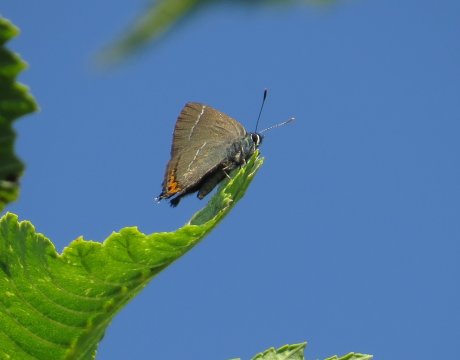 White letter hairstreak butterfly on elm |
 Dingy skipper butterfly |
 Clouded silver moth |
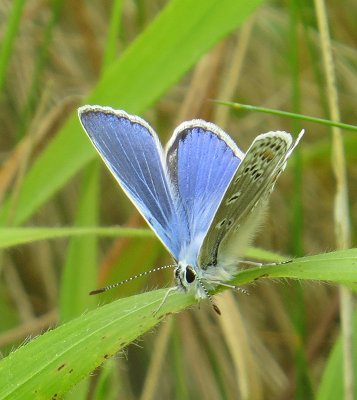 Common blue butterfly |
 Mullein moth caterpillar |
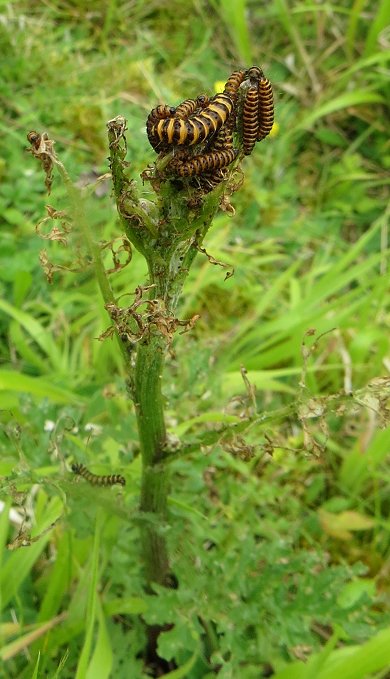 Cinnabar moth larvae on common ragwort |
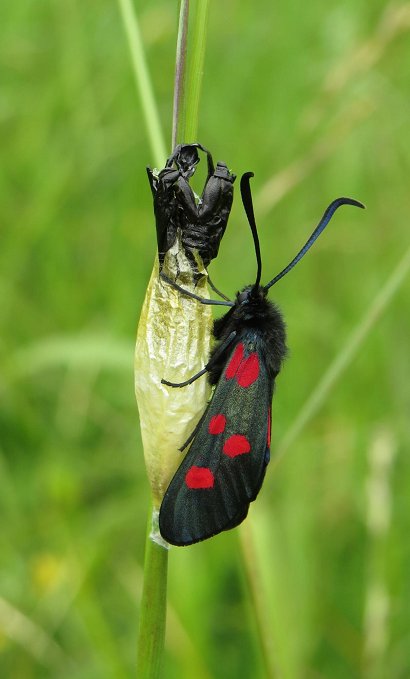 Narrow-bordered five spot burnet moth just on the wing |
| © Ryedale Natural History Society 2014 |